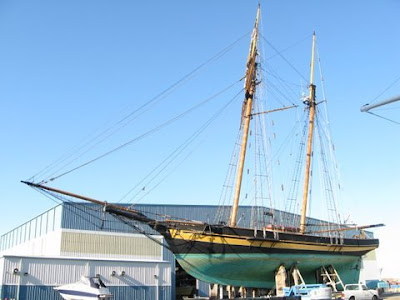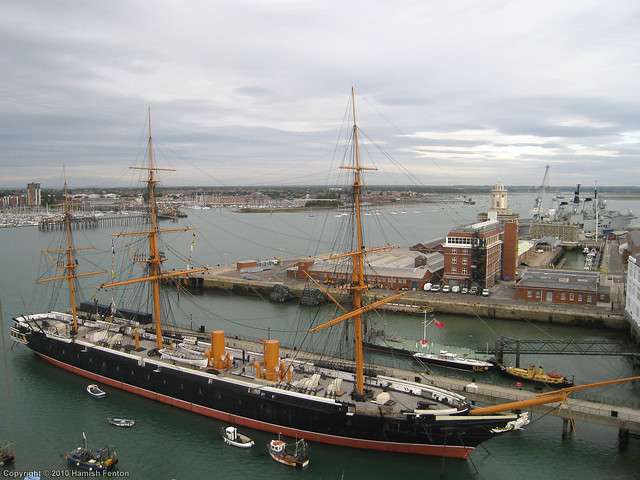I prefer the higher ships. Those low ones are too low and look dangerous. Too easy to swamp in heavy seas. They also have their bowsprits under water as much as above water.
Ironically, the high ones were just as dangerous as the low ones. Frigates in the early 18th century were notoriously prone to just capsizing. Low, over-sailed vessels were known for being blown over in high winds, and flooding through their hatches. Fortunately, water on the decks wasn't all that dangerous, and the bowsprits were almost always able to stay above sea level.
The Baltimore clippers were built in such a way that left them just as safe -or dangerous, by today's standards- as the earlier high-sided ships, while going one hell of a lot faster. (Alright, maybe two hells of a lot faster.)
One other reason I like Napoleonic ships is that the ship and brig rigs were perfected during that period of time. After the year 1815, the cut of sails, rigging dimensions, and sail plans on men of war remained virtually identical, up until the beginning of the 20th century. The only reason split tops'ls and other split sails developed on merchantmen was that they were easier to handle with small crews. On steamers like
Warrior, proportions remained the same, but everything was smaller. Gaff sails were also added, most commonly to the mainmast.
See pages 16, and especially 39,
here for examples.



















